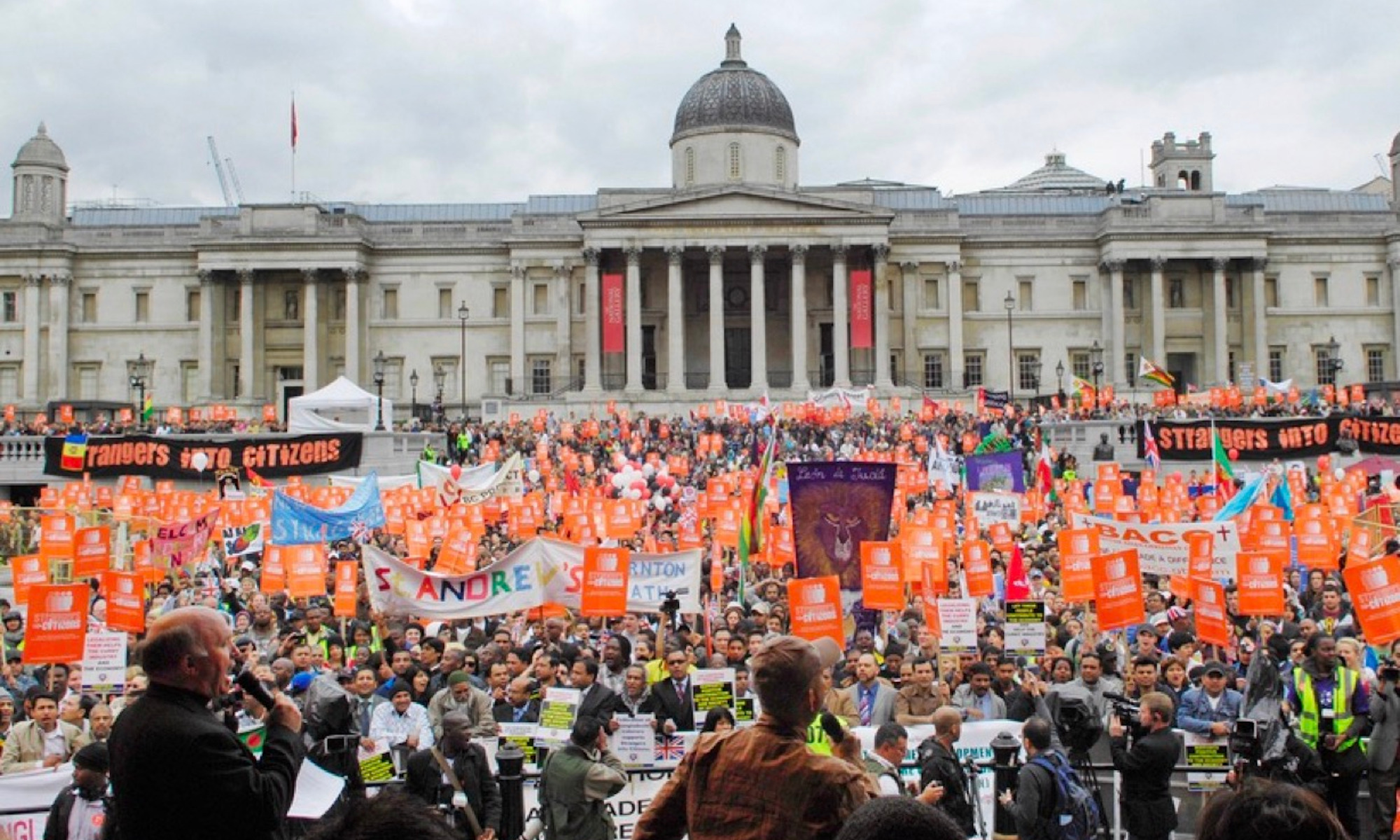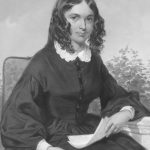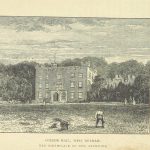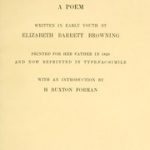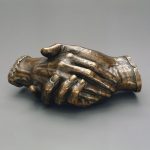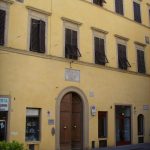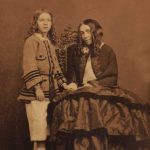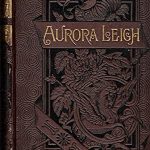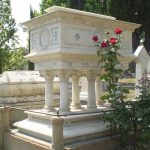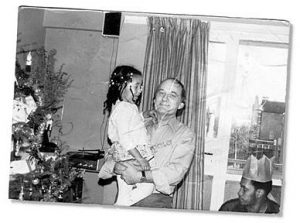Elizabeth Barrett Browning: A Timeline
Elizabeth Barrett Browning: Biography

There are perhaps three spheres most important to understanding Elizabeth Barrett Browning as a person and as a literary figure: her education, her romance with Robert Browning, and her illness. She was born to Edward Barrett Moulton-Barrett and Mary Graham-Clarke in County Durham on March 6, 1806. She was the first of twelve children. Her immersion in classics began with learning Greek and Latin in 1817. When she was fourteen, her father privately published her epic poem The Battle of Marathon. Her first serious illness struck when she was fifteen, in 1821. Still, she continued studying Greek classics and writing poetry. Her family moved to London in 1835.
 In 1845, she began a passionate correspondence with Robert Browning. They were secretly married in St Marylebone Church in 1846. They then moved to Italy, settling in Florence for the rest of their lives with occasional visits to London and Paris. Barrett Browning’s poor health continued, and she suffered several miscarriages. Her son, Pen, was born in 1849. In 1853, she began writing Aurora Leigh, which was then finished and published in 1856. After more bouts of illness, several more poems, and four editions of Aurora Leigh, Elizabeth Barrett Browning died on June 29 in 1861 and was buried in the English Cemetery in Florence. Her Last Poems was published posthumously in 1862.
In 1845, she began a passionate correspondence with Robert Browning. They were secretly married in St Marylebone Church in 1846. They then moved to Italy, settling in Florence for the rest of their lives with occasional visits to London and Paris. Barrett Browning’s poor health continued, and she suffered several miscarriages. Her son, Pen, was born in 1849. In 1853, she began writing Aurora Leigh, which was then finished and published in 1856. After more bouts of illness, several more poems, and four editions of Aurora Leigh, Elizabeth Barrett Browning died on June 29 in 1861 and was buried in the English Cemetery in Florence. Her Last Poems was published posthumously in 1862.
Charles Dickens: A Literary Life
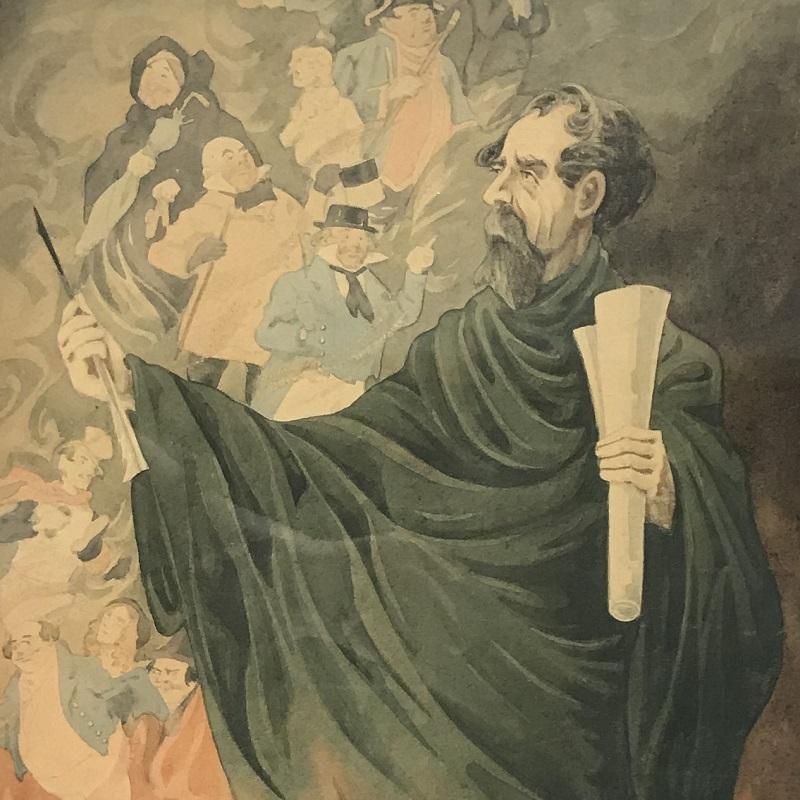
Charles Dickens is one of the most influential literary figures of all time. He was an internationally bestselling author even while he was alive. He has written fourteen completed novels, a myriad of short stories, and even more newspaper articles. His works, imbued with social commentary, have raised awareness for socioeconomic injustices in Victorian Britain that were exacerbated by the Industrial Revolution. However, Dickens did not start off with the intention to become an author.
Before turning into the literary giant he is now known as, Dickens wanted to be an actor. He changed his mind, nonetheless, since he gained immense popularity very early in his writing career. His debut novel, The Pickwick Papers, which first issued in 1836, was a hit from the get-go. English professor John Mullan notes, “With Pickwick Papers, Dickens more or less invented the novel of monthly parts” (Introduction, The Artful Dickens).
The financial success of his serialized novels is particularly important, because Dickens grew up in a family that was constantly in financial trouble. His father, John Dickens, was sent to debtors’ prison when Charles was just twelve, leading him to work at a blacking factory as a child. This undoubtedly shaped Dickens’ attitude towards financial security. Dickens’ writing career, in turn, is both a result and a reflection of his experiences.
Steve McQueen: A Life in Pictures













Monica Ali: a brief biography
Monica Ali was born in 1967 in Dhaka, Bangladesh. Her father was a teacher; her mother a counselor.
In 1971, when Ali was three, her family moved to Bolton, England, where she was enrolled in school.
Ali’s father adored R.K. Narayan and she devoured him as a child. She also read Tolstoy and Dostoevsky; Flaubert and Zola; Austin and Hardy. Ali acknowledges these writers had all made a deep impression on her and perhaps even influenced her own work.
Ali did not begin writing until much later. She attended Oxford, where she studied Philosophy, Politics, and Economics. After college, she briefly worked in marketing.
Ali began writing only after she had her first child. Once she became a mother, Ali says she remembered the stories her father had told her as a child and felt a duty to preserve them, if only for her own children.
So Ali joined a short story forum on the internet, where writers anonymously exchanged work and shared feedback. This sharpened Ali’s critical skills and allowed her to discover her own voice. She immediately recognized the short story form was too confining and wanted to write a novel. This would later become Brick Lane
Charles Dickens Image Gallery

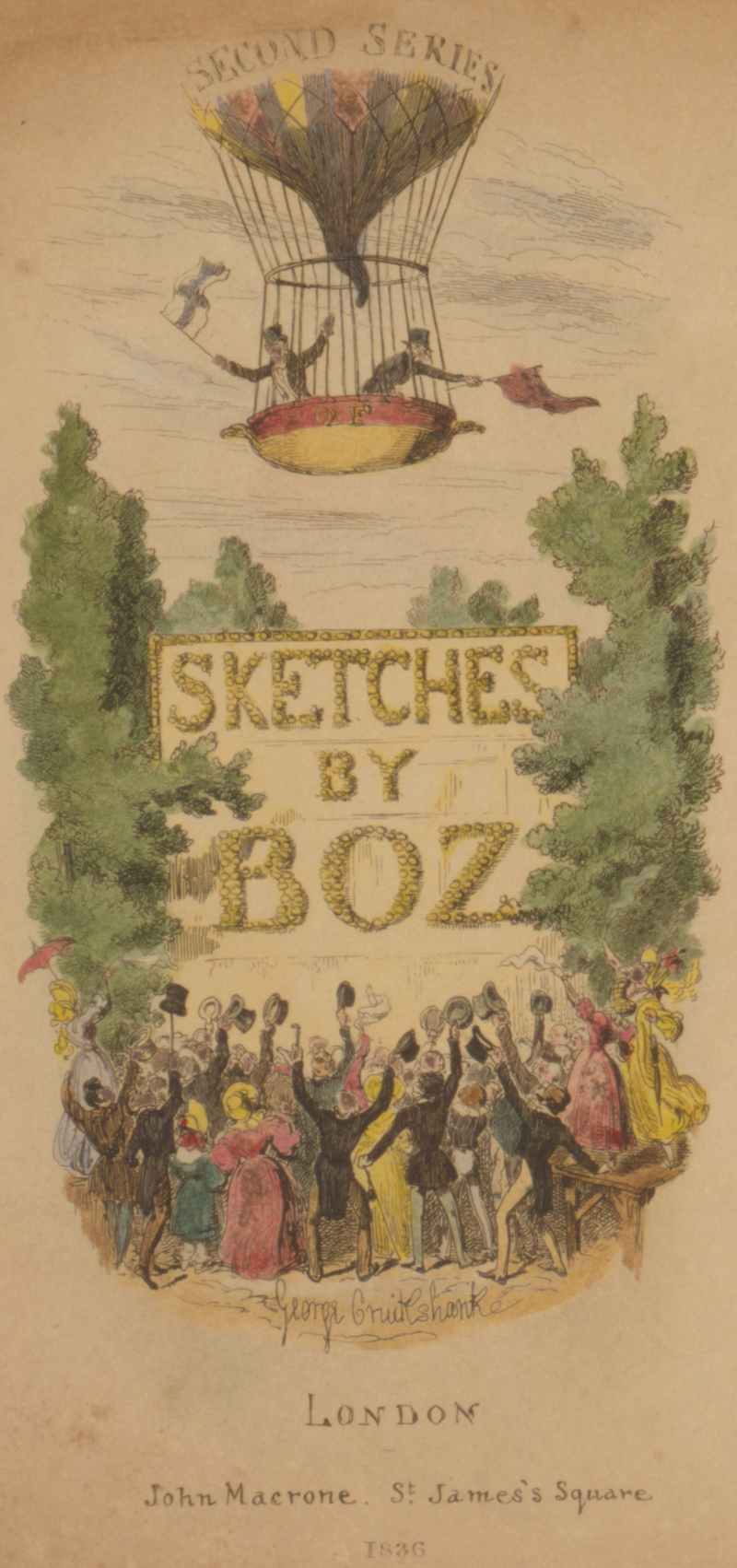







Zadie Smith: A Life in Pictures
Charles Dickens Timeline
Zadie Smith, A Life of Shifting Geographies

Zadie Smith was born on 25th October 1975, in Willesden, north-west London. After attending local state schools, Smith read English literature at King’s College, Cambridge, where she was published twice in student literature anthology, The Mays. After her short stories caught the attention of publishers in her final year at Cambridge, she reportedly received a six-figure advance for White Teeth (2000), her debut novel. Both White Teeth and Smith’s subsequent novels have been praised for their expansive geographies and attention to location; The Autograph Man (2002) on London; On Beauty (2006), on a British-American family living outside Boston; NW (2012), set in Brent, the borough in which she grew up; and Swing Time (2016) that crossed London, New York and West Africa.
Smith became tenured professor of fiction at New York University in 2010, and spent much of the following decade living between New York and London. In 2020, she moved back to Kilburn, where she lives with her husband and two children; during the pandemic, Smith also published Intimations (2020), an essay collection on living in lockdown amidst a time of reflection on race and society.
